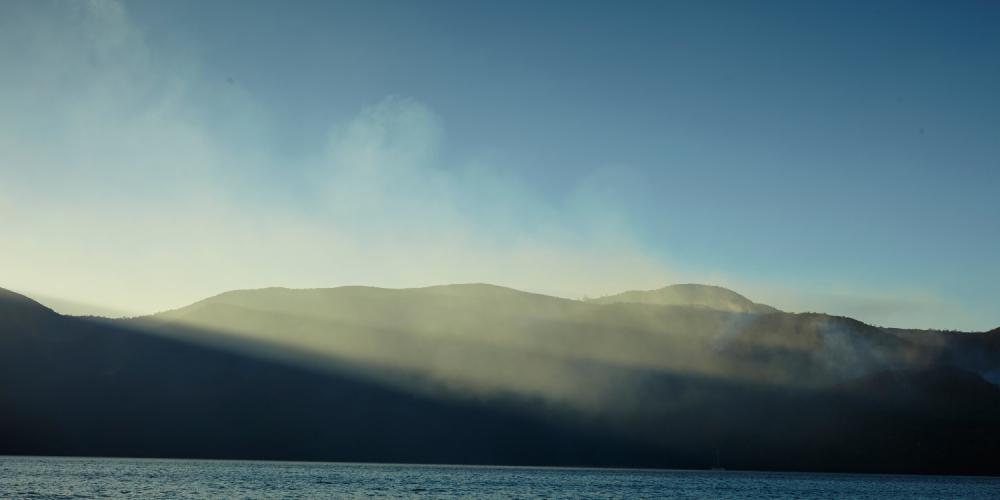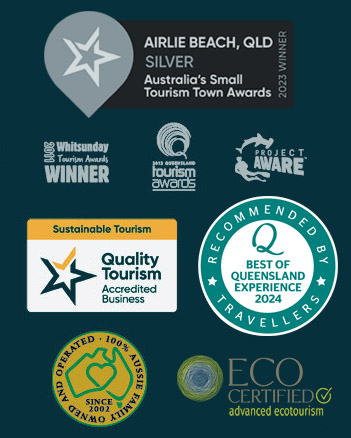You’ll find wind protection from South East, South, and South West directions. Be wary when navigating through Gloucester Passage – at low tide, there is a submerged outcrop that extends out from the island.
Boats typically depart from nearby Dingo Beach and Hideaway Bay. Gloucester Island can be visited as part of a broader Whitsunday charter expedition and is located a short distance from Saddleback Island, Olden Island and Gumbrell Island, and Armit Island.
What Is There to Do on Gloucester Island?
As one of the larger islands, Gloucester is one of the few islands in the group where visitors can camp on designated campgrounds near the ocean. There are just two sites on the island where camping is legal - Bona Bay and East Side Bay.
Bona Bay is the more accessible site of the two, with a lovely sandy beach and plenty of space for anchorage. This site boasts a more favourable westerly outlook, and even some facilities like a compost toilet, picnic table, and access to the area at all tides. Thirty-six campers are permitted at this area of the Gloucester Island national park at any one time.
East Side Bay, on the other hand, is for more rugged adventurers. A bit more exposed, the spot still offers spectacular views of the Coral Sea, but is for the more experienced campers who are more self-sufficient. A much smaller site than Bona Bay, East Side Bay can take a maximum of six campers at a time.
All campsites require a permit to stay – you can buy campaign permits (adult / family per night $6.55/ $26) online from Queensland Parks & Wildlife before visiting the island.
There are some sections of Gloucester island where there are picnic tables and toilets for visitors to enjoy and share quality time with their travel groups.
Important Information About Gloucester Island National Park
The Great Barrier Reef World Heritage Islands, which includes the Whitsundays, are some of the most pest-free islands in the world. Before your visit, make sure to clean your camping gear and clothing from soil and natural matter that you bring from your last destination.
Check your footwear for excess soil as well as clothing for loose seeds that may contain harmful bacteria. Gloucester Island's pristine condition is due to the tireless effort of park workers and diligent visitors, so make sure you uphold this standard to keep the area beautiful.
As well as biological threats, other things like open fires and ash-producing stoves are not permitted on any National Park islands or intertidal lands adjacent to the national park islands. The state government recommends all visitors use gas or fuel stoves for cooking.
From October 1st to March 21st, seasonal bird restrictions apply. This means that you must observe a 6-knot speed limit within 200m of the high water mark and there is no beach access within searbird areas on south beach (Armit Island), west beach (Double Cone Island), south beach (Grassy Island), Little Armit Island, and Old Rock.




